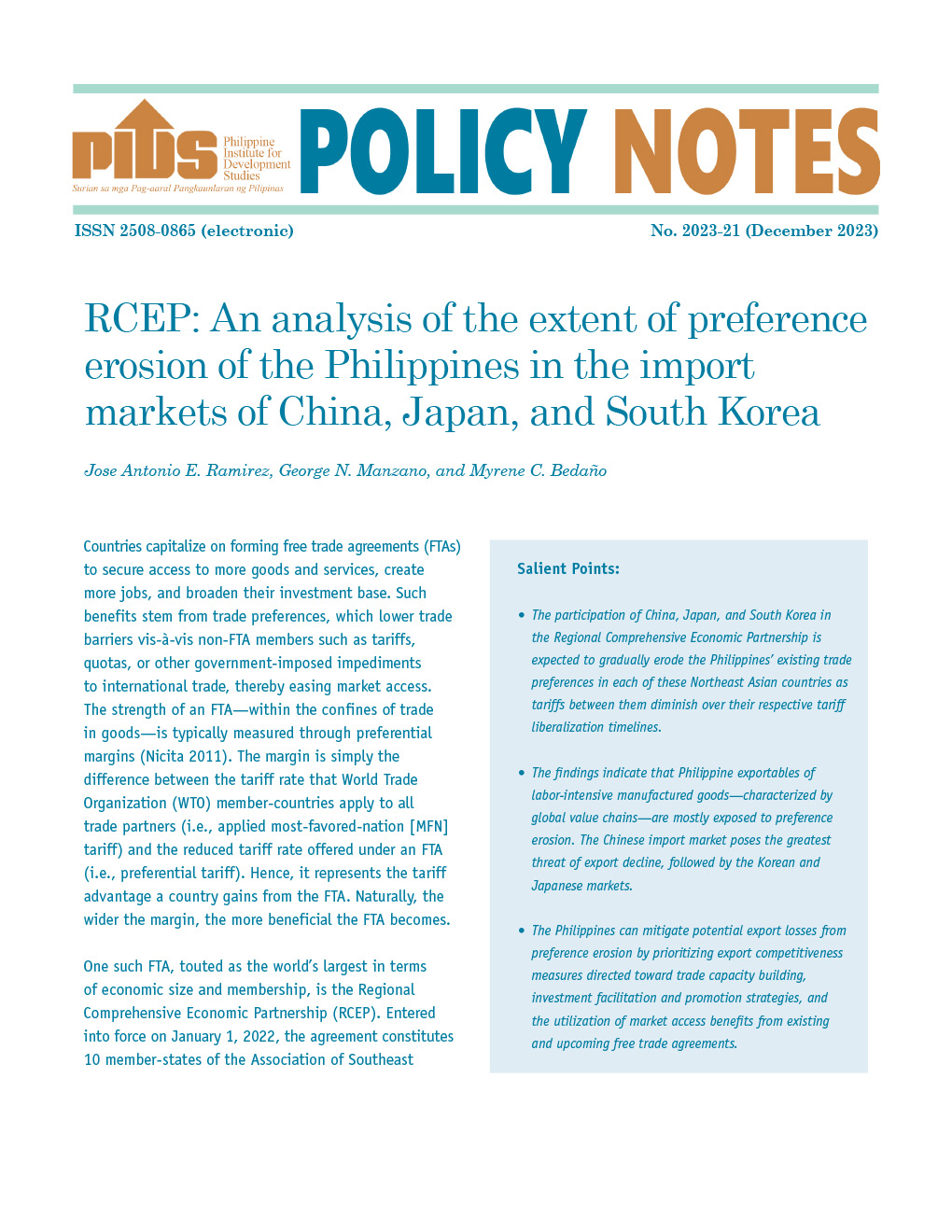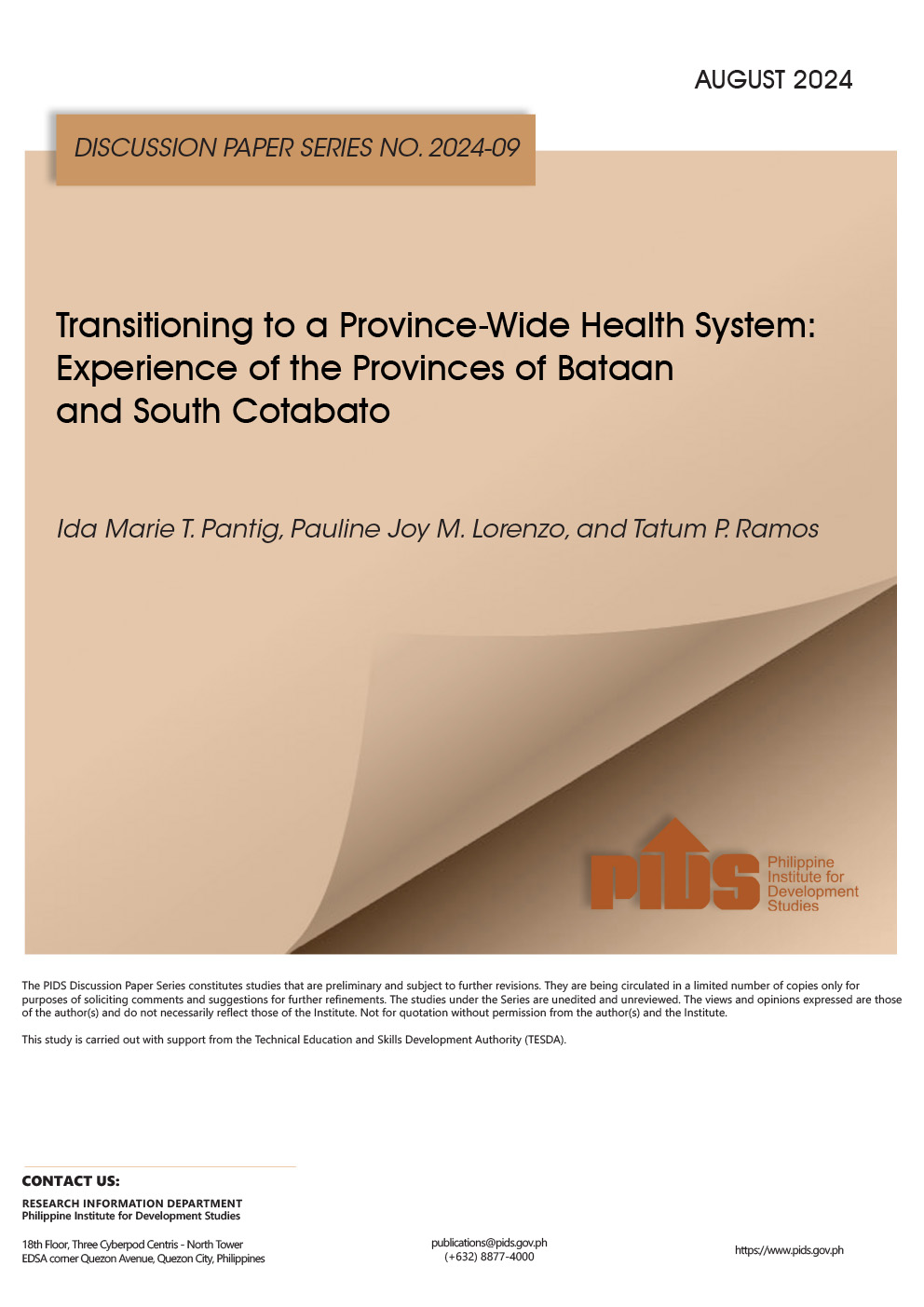I鈥檝e always had a love for trains, and I鈥檝e taken some wonderful trips on some of the world鈥檚 grandest. But I鈥檝e also used them to commute in a swift, efficient way from home to office when I lived in Sydney. Trains just make great sense, yet we have a country that has allowed the train system to go to hell.
In my July 30 column ("Infrastructure brings communities together鈥�) I wrote: "It wouldn鈥檛 hurt at all if more emphasis and urgency were given to building train lines鈥揳nd maintaining them. Trains are a great way to move large numbers of people, if you know how to run them. It鈥檚 something this government doesn鈥檛 know. So let鈥檚 hope the next leader will prioritize maintenance and expansion of the train system going south and north from Manila to ease the traffic on the roads. And look after and expand the train system in the metropolis.鈥�
But, and I give the President credit for this, the government is waking up鈥揳t least for one line, and that鈥檚 the South Line of the North-South Railway Project. It鈥檚 going to be rebuilt鈥揵ut with a serious omission: no cargo. America became the superpower it is on the backbone of a huge network of interconnecting railways crisscrossing the country. Trains carried passengers and cargoes everywhere. Factories sprouted along the lines. Cities grew along those lines. Wealth happened.
So I鈥檓 delighted that something is finally going to happen here. It鈥檚 just one line, but perhaps the most important outside the inner city lines. And those, I鈥檓 sad to say, are just a story of continuing disaster from an administration that just can鈥檛 seem to do what鈥檚 so obvious: Leave the private sector alone to run those lines.
The proposed South Line is a line running from Tutuban station in Manila to Calamba (in Laguna) initially, then on to Batangas and Lucena (in Quezon)鈥揳nd, later, from there on to Bicol. It鈥檚 a line that used to exist, so it should be easy to resurrect. But, of course, it won鈥檛 be because weak government control has allowed informal settlers to invade the line, and getting them out will be a long drawn out nightmare, as history has shown us. And particularly so here, as many of the informal settlers鈥� structures are very permanent. So in some areas, a new route may be needed.
With the rapidly growing populations in the south it鈥檚 a great and much-needed idea to revive the line. It should help decongest Manila, too, by allowing people to live elsewhere yet get quickly to the office in Manila. There鈥檚 no traffic on a rail line.
But there鈥檚 a serious omission in the government鈥檚 plan that I don鈥檛 understand: The line would be for passengers only, yet Southern Luzon is where factories are sprouting, and where we want them to.
And Batangas is a port open to development as a very viable alternative to the port in Manila that is disastrously overcrowded, with road access for trucks that is totally inadequate. So a train service makes eminent sense.
The government think tank Philippine Institute for Development Studies (188体育), in its report titled "Port Congestion and Underutilization in the Greater Capital Region: Unpacking the Issues,鈥� recommends that cargoes bound for or coming from the south of Manila use the Batangas port.
Trucks carry one container, trains carry dozens. Roads get cleared. The cost of transporting a container falls dramatically. The cost of production or distribution falls equally dramatically. The Philippines improves its competitiveness on the world stage鈥揳nd that attracts investment. Meanwhile, domestic consumers will get cheaper products. In fact, if Congress would like to lower income taxes at the same time to match our neighbors, we may get some serious levels of foreign investment into manufacturing. The sector has been experiencing some growth in the past few years, and we want to maintain that. More manufacturing investments would also translate into more livelihood and employment opportunities for Filipinos.
To repeat, a South Line carrying cargo makes eminent sense. The benefits it can bring to economic development are, quite simply, enormous. So I鈥檓 hoping that the Department of Transportation and Communications and the Public-Private Partnership (PPP) Center will defer the release of the invitations to prequalify to bid to build and run the line until they look at the sensibility of adding cargo transport to the plan.
This will cost a lot more, but as it will be a PPP project, that cost will be borne by the private sector, not the government. The areas to the south of Luzon鈥揅avite, Laguna, Batangas, Rizal, Quezon, including the Bicol provinces鈥揳re where development is happening rapidly. These are where residential and commercial areas are being developed and factories are being built. It鈥檚 a desirable development that needs full support.
The Calabarzon (Cavite-Laguna-Batangas-Rizal-Quezon) region, for instance, is the second largest contributor to the country鈥檚 total economic output (17.4 percent), only behind the National Capital Region (36.3 percent). Calabarzon and the Bicol region contributed a combined 18 percent to the Philippines鈥� total economic output in 2014.
That support has been recognized with the revival of the South rail, but it also needs the cargo component to be really effective鈥揻or businesses and people to realize the real"trickle-down鈥� benefits.
We鈥檝e all complained about the never-ending delays in getting things moving, but here鈥檚 one where I think delay is well-justified. If the private sector thinks a dual line is doable, it makes eminent sense to do it. Let鈥檚 do it.//
Let鈥檚 develop the south
Philippine Daily Inquirer
Peter Wallace
Related Posts
Publications
Press Releases
Video Highlights
[No related items]
Infographics
[No related items]





